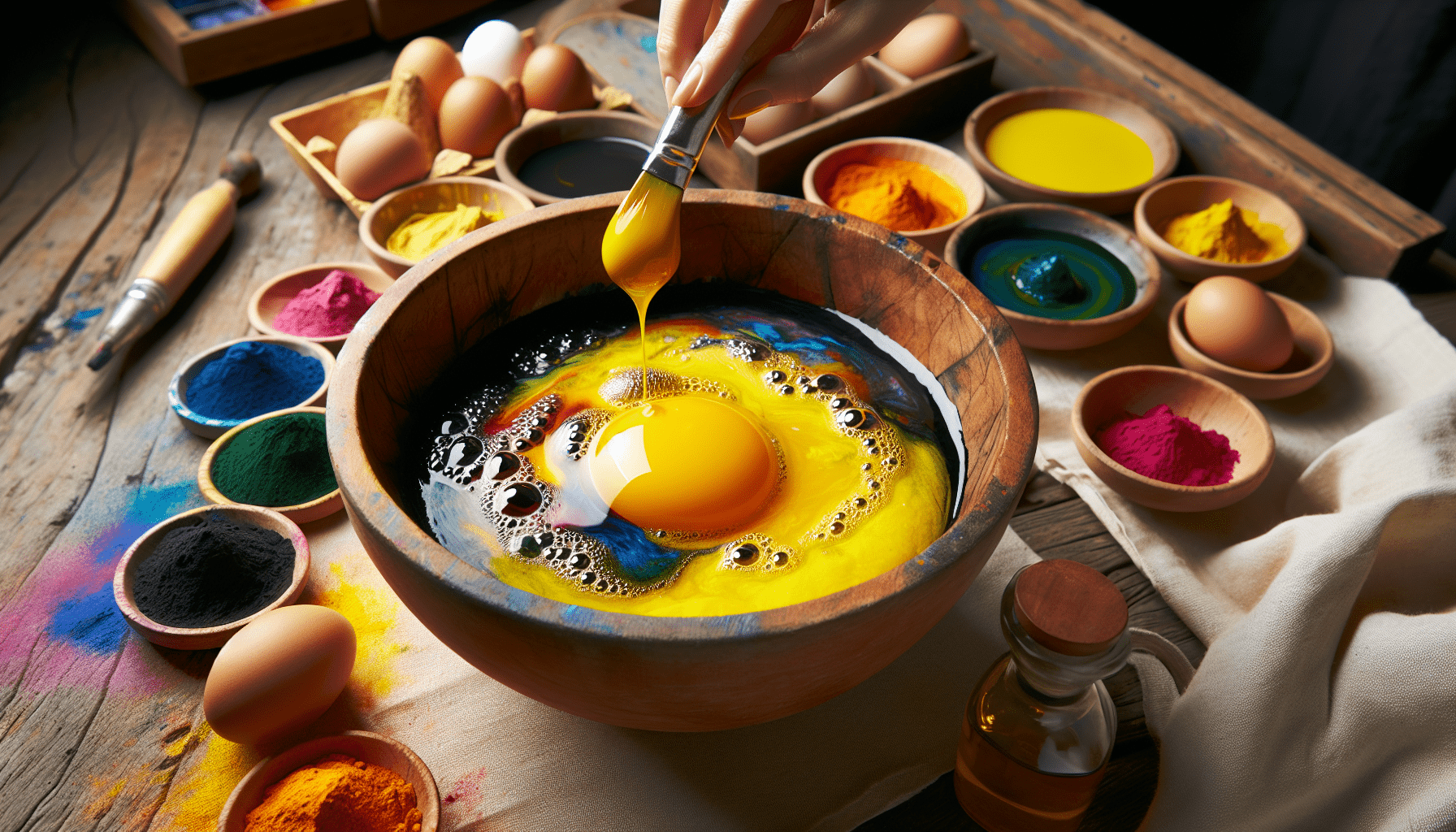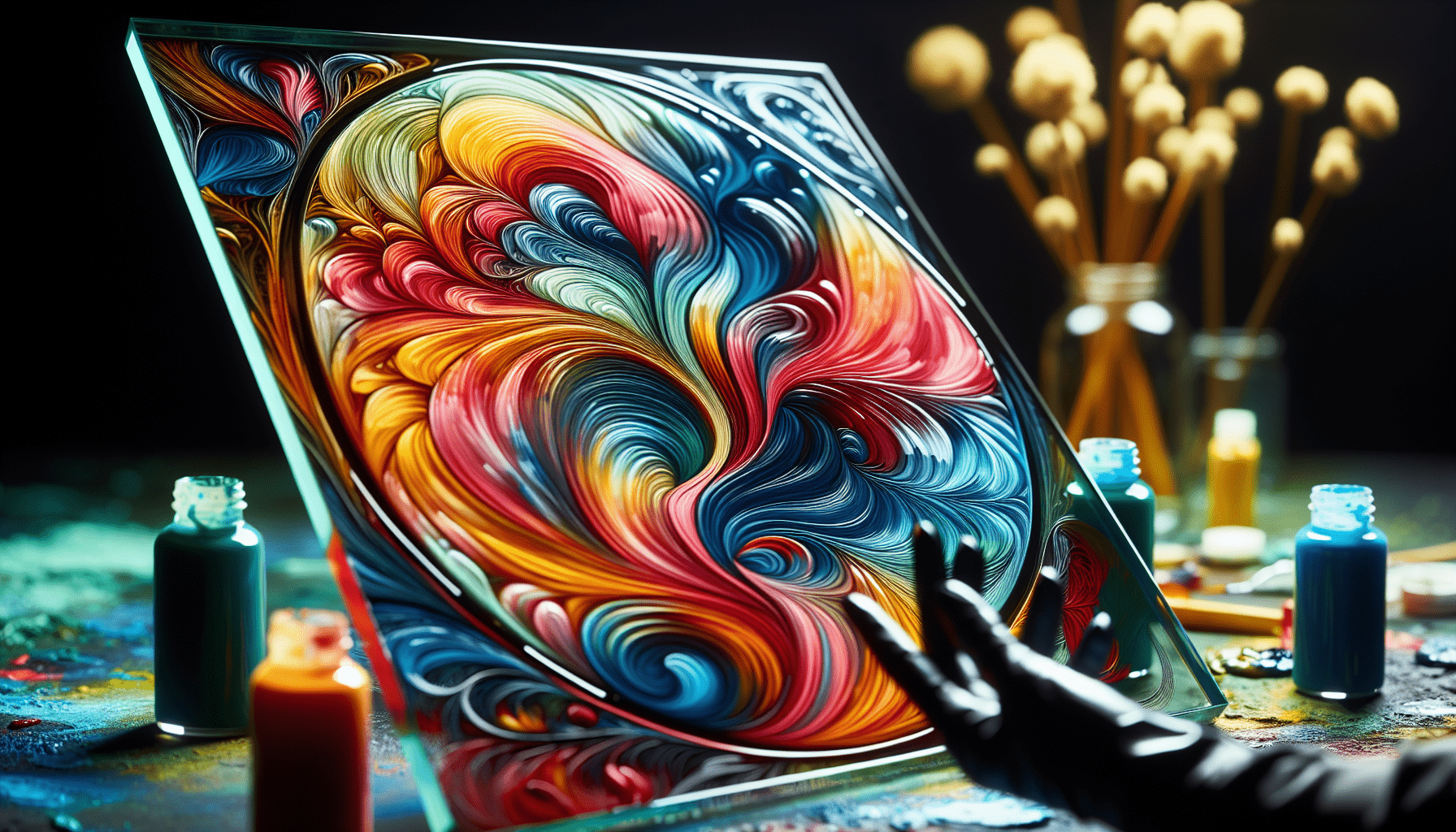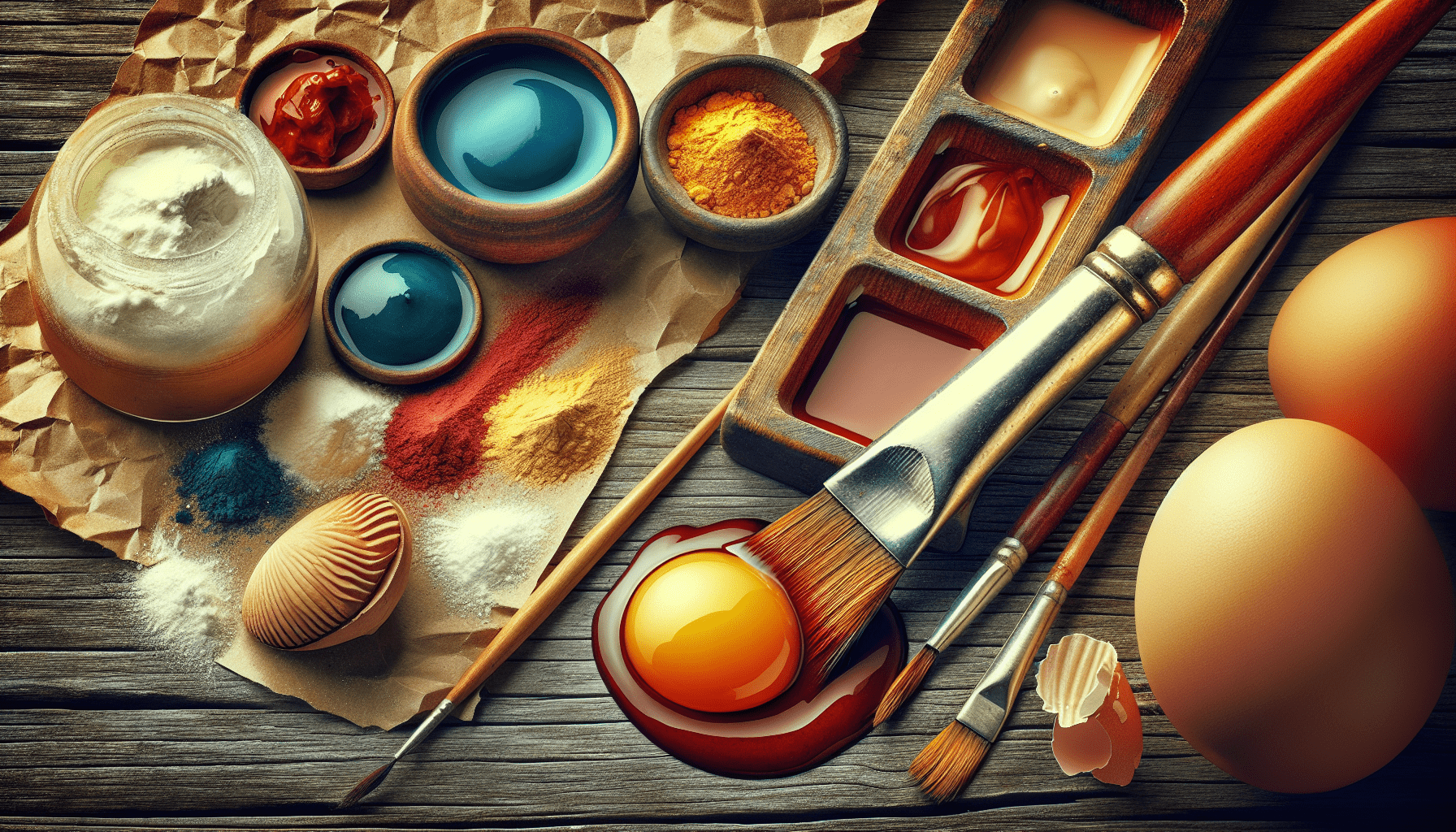In order to create tempera paint, a mixture of pigment, egg yolk, and water is combined to produce a medium that has been used by artists for centuries. The egg yolk acts as a binder, holding the pigments in place once the paint is applied to a surface. This traditional method results in a durable and smooth finish that is ideal for creating detailed and long-lasting works of art. Understanding the process of how tempera paint is made can provide insight into the rich history and techniques of this classic art medium.
Introduction
Have you ever wondered how tempera paint is made? In this article, we will take an in-depth look at the process of creating this popular type of paint. You will learn about the ingredients used, the techniques involved, and the history behind tempera paint. By the end of this article, you will have a better understanding of how this unique paint is made and why it has been used for centuries.
History of Tempera Paint
Tempera paint has a long and fascinating history that dates back to ancient times. It was commonly used in ancient Egypt, Greece, and Rome for a wide range of artistic purposes. Tempera paint was also popular during the medieval and Renaissance periods, with artists like Giotto and Botticelli using it in their masterpieces. Today, tempera paint is still used by artists around the world for its vibrant colors and long-lasting durability.
Ingredients Used in Tempera Paint
Before we dive into the process of making tempera paint, let’s take a closer look at the ingredients used. Traditional tempera paint is made from a few simple components, including:
- Egg yolk: The binding agent that holds the pigment together.
- Pigment: The colorant that gives the paint its vibrant hue.
- Water: The solvent used to thin out the paint and create the desired consistency.
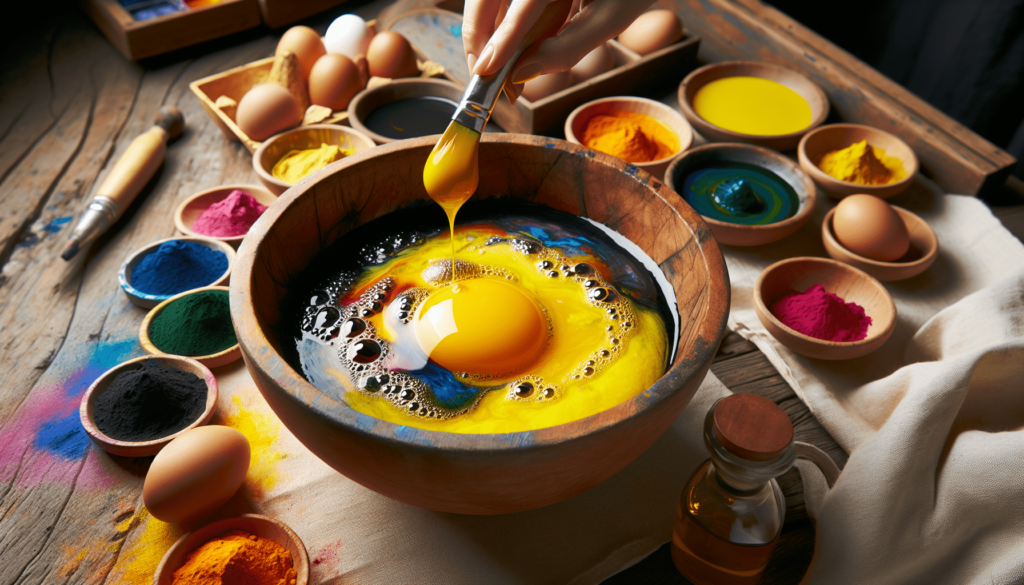
Techniques for Making Tempera Paint
The process of making tempera paint involves mixing the ingredients together in a specific way to achieve the desired results. Here is a step-by-step guide to the techniques used in creating tempera paint:
- Separate the Egg Yolk: Start by separating the egg yolk from the egg white. You will only need the yolk for making tempera paint.
- Mix with Pigment: Next, mix the egg yolk with the pigment of your choice. The ratio of egg yolk to pigment will depend on the desired color intensity.
- Add Water: Gradually add water to the mixture to thin out the paint and achieve the desired consistency.
- Stir Thoroughly: Use a stir stick or palette knife to thoroughly mix the ingredients together until the paint is smooth and free of lumps.
Types of Tempera Paint
There are two main types of tempera paint: egg tempera and casein tempera. While both are made using similar techniques, they differ in the binding agent used. Here is a breakdown of each type:
- Egg Tempera: This is the traditional form of tempera paint that uses egg yolk as the binding agent. Egg tempera dries to a smooth, matte finish and is known for its vibrant colors and long-lasting durability.
- Casein Tempera: This form of tempera paint uses casein, a milk protein, as the binding agent. Casein tempera has a more opaque quality and dries to a slightly glossy finish. It is also known for its quick drying time and water resistance.
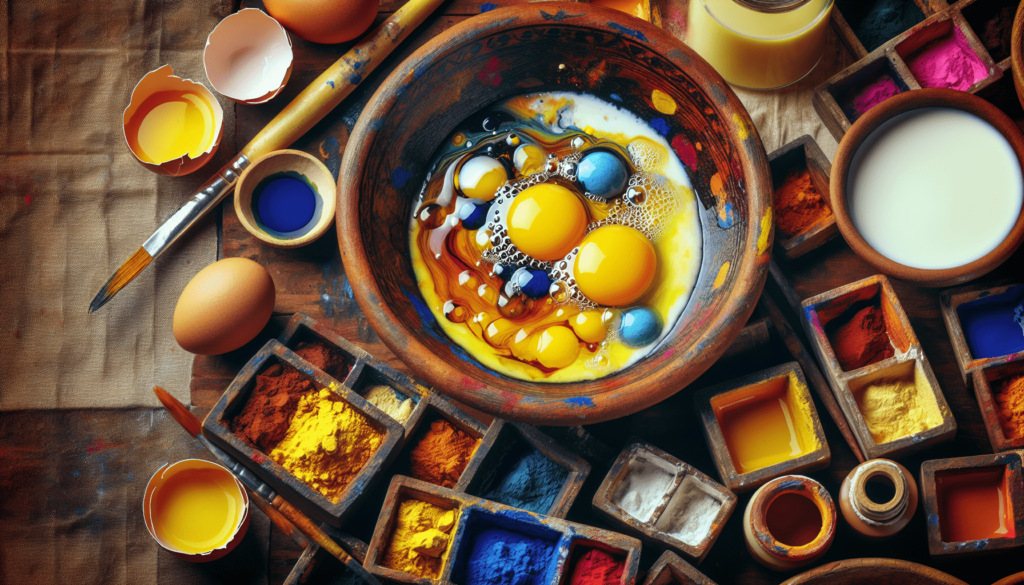
Benefits of Using Tempera Paint
There are several advantages to using tempera paint in your artwork. Some of the key benefits include:
- Vibrant Colors: Tempera paint is known for its rich, vibrant colors that hold their intensity over time.
- Durability: Once dry, tempera paint forms a strong bond with the surface, making it long-lasting and resistant to fading.
- Versatility: Tempera paint can be used on a variety of surfaces, including wood, paper, and canvas.
- Easy Cleanup: Tempera paint is water-based, making it easy to clean up with just soap and water.
Uses of Tempera Paint
Tempera paint is a versatile medium that can be used in a wide range of artistic applications. Some common uses of tempera paint include:
- Fine Art: Many artists use tempera paint to create traditional paintings and illustrations.
- Crafts: Tempera paint is popular for arts and crafts projects, such as paper mache, stamping, and stenciling.
- Educational Purposes: Tempera paint is often used in schools and educational settings due to its ease of use and versatility.
- Restoration: Conservators use tempera paint in the restoration of historical artworks and artifacts.
Conclusion
In conclusion, tempera paint is a unique and versatile medium that has been used by artists for centuries. By understanding the ingredients, techniques, and history behind tempera paint, you can gain a deeper appreciation for this traditional art form. Whether you are a professional artist or someone looking to explore a new medium, tempera paint offers a wide range of benefits and creative possibilities. So why not give it a try and see where this ancient art form takes you in your artistic journey?
